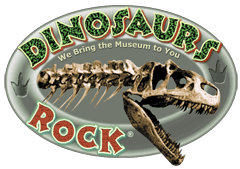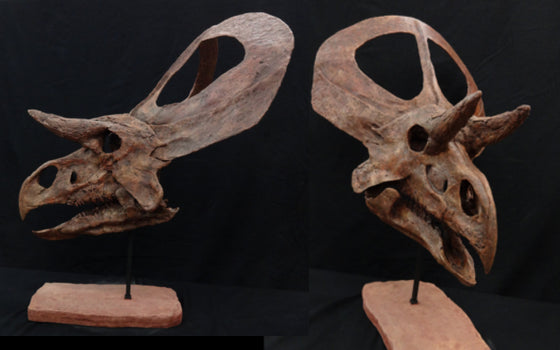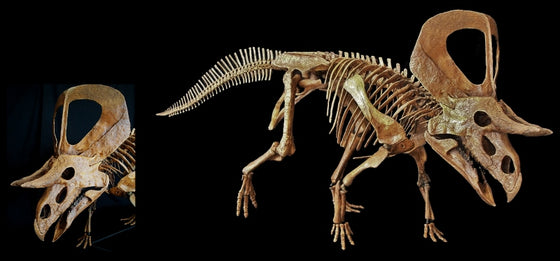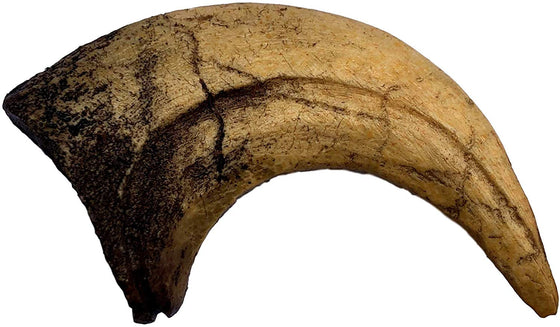-
💥 The Largest Dinosaur Claw Ever Discovered — And It Didn’t Belong to a Killer... But It Sure Looks Like It Did
23” Therizinosaur Claw Replica — A Prehistoric Monster Hook You Can Own for Just $59.99
If you think all plant-eaters were soft, cuddly dino bunnies... think again.
Because this claw — measuring a jaw-dropping 23 inches — belonged to a bizarre, towering, scythe-handed dinosaur called the Therizinosaur. And now, you can own a museum-quality replica that’ll make jaws drop and classrooms light up.
Whether you're a collector, educator, or parent of a dinosaur-obsessed kid, this isn’t just another fossil replica. It’s a conversation-dominating, show-stopping, nearly two-foot-long weapon of prehistoric mystery.
What You’re Getting:
🦖 Therizinosaur Claw Replica – 23” Long
🪨 Cast from the Original Fossil – Directly modeled from the rare fossil found in the Cretaceous formations of Kazakhstan and Inner Mongolia.🧱 Made from Durable Fiberglass & Resin – Strong enough for hands-on learning, light enough for wall or shelf display.
🎯 Museum-Grade Detail – Every curve, ridge, and razor-like edge has been meticulously replicated to look just like the real thing.
💸 Only $59.99 – That’s not a typo. You get two feet of prehistoric WOW for less than the price of dinner for two.
Why This Replica Outsells the Rest:
✅ It’s HUGE – At nearly two feet long, this is the kind of piece people mistake for a real weapon. (And honestly, it looks like it could be one.)
✅ Unbelievably Rare – Therizinosaur fossils are hard to come by. Claws like this? Even rarer. The original was discovered in the far reaches of Asia—and replicas like this don’t come around often.
✅ Perfect for Teachers, Collectors, and Dinosaur Fanatics – Want to wake up a classroom, impress a young paleontologist, or add a “what-is-THAT?” centerpiece to your collection? This is it.
✅ Looks Like a Weapon, Belongs in a Museum – The beauty is in the contradiction. It’s from a herbivore… but it screams predator. And that’s exactly why people love it.
⚠️ Act Fast — These Don’t Sit on Shelves Long
At 23 inches and under $60, this claw replica is one of the best-value, biggest-impact dino collectibles on the market. And when it sells out, it could be months before we have more.
💥 Therizinosaur Claw Replica – 23” of Prehistoric Mystery & Mega Impact
Cast from the original fossil. Built to impress. Priced to move.
🎁 Perfect for collectors, educators, science nerds & kids
🦴 Stunning display piece or jaw-dropping gift
💰 Only $59.99 — and worth 10x the conversation👉 Grab it now before this ancient herbivore’s weapon goes extinct all over again.





